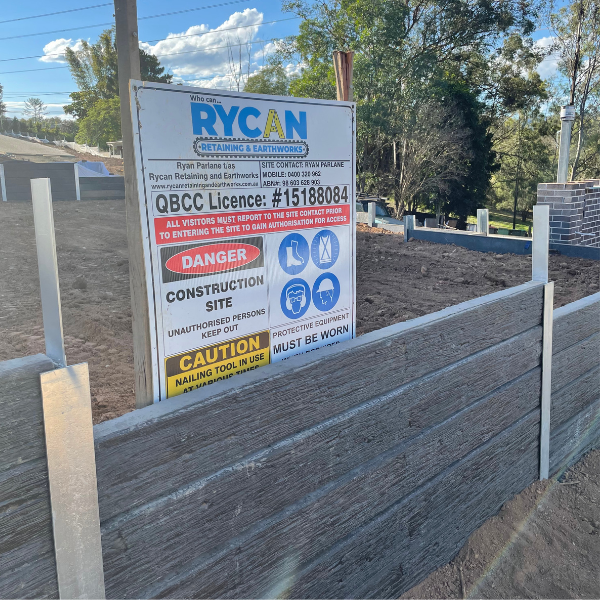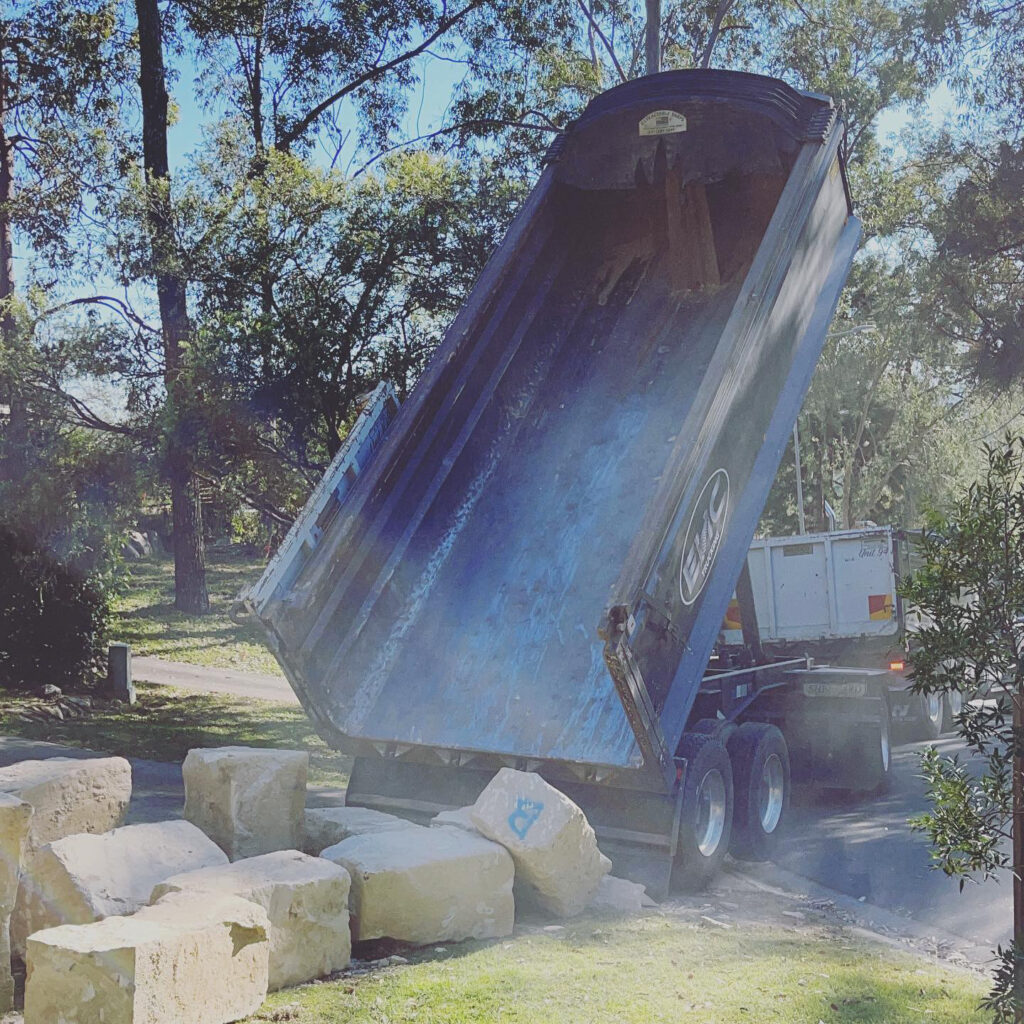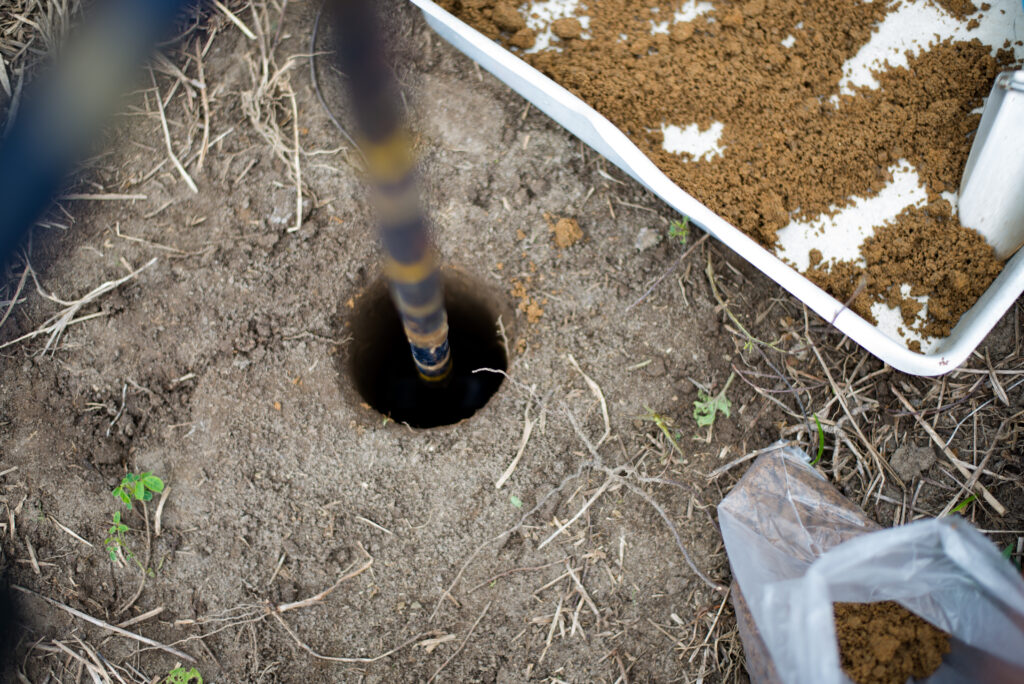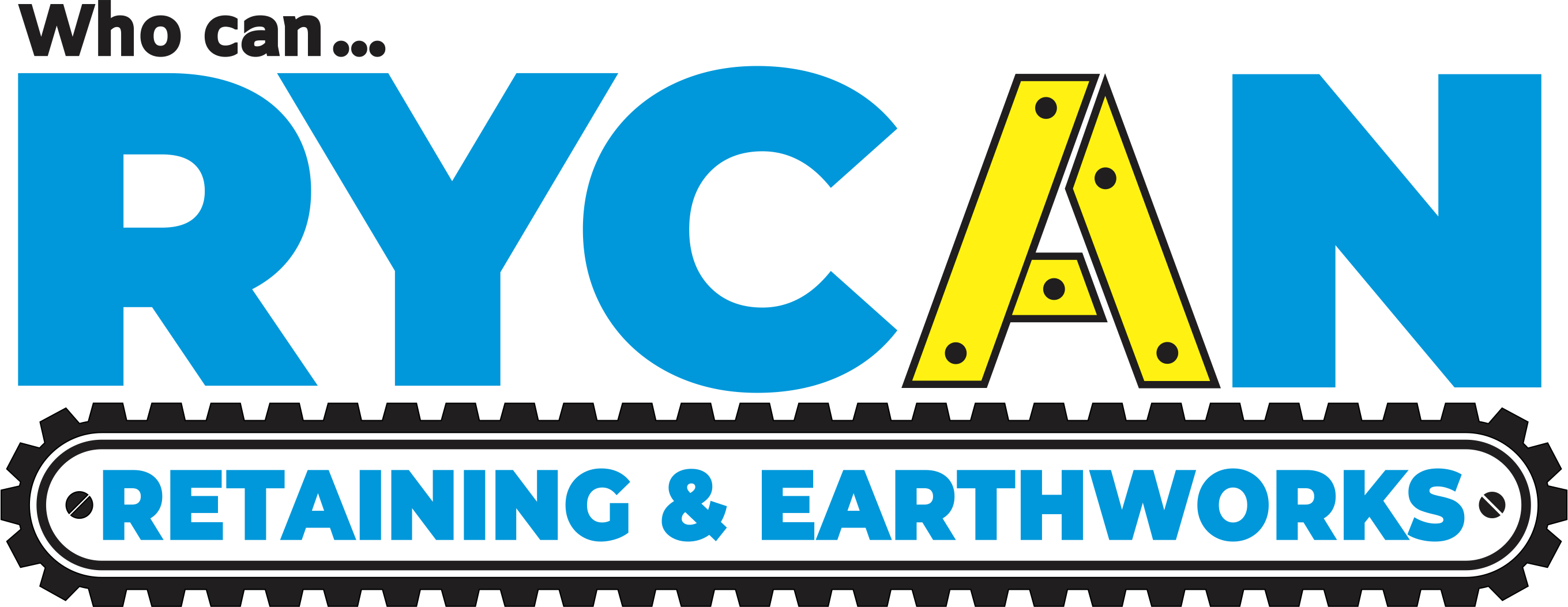1. Hiring an unlicenced builder or earthmoving operator to construct any retaining wall structure.
You wouldn’t hire an unlicenced electrician to perform electrical work or an unlicenced plumber to perform plumbing work, whould you?
Just like Electricians and Plumbers require a trade licence to perform their trade legally, Retaining Wall Builders in Queensland are required by law to be QBCC Licenced to construct a retaining wall. It is a common misconception that an unlicensed contractor can build any retaining wall over 400mm in height (400mm is considered a garden bed) or less than $3,300 in value. This is not true.

“In Queensland, individuals (sole traders, partners, trustees), and companies must hold a QBCC Licence to carry out (contract for) building work that is:
Queensland Building and Construction Commission website https://www.qbcc.qld.gov.au/licences/start-your-career/when-you-need-licence
- valued over $3,300
- valued over $1,100 where it involves Hydraulic Services Design
- of any value where it involves:
- drainage
- plumbing and drainage
- gas fitting
- termite management – chemical
- fire protection
- completed residential building inspection
- building design – low rise, medium rise, and open
- site classification mechanical services.”
All retaining walls, except for a boulder wall, must have a drainage system installed behind them. This is an integral part of the structure. If not installed correctly, it can result in a shorter lifespan, i.e., timber rotting prematurely or the entire system failing. The latter can damage property, injury to people, and, in some cases, death.
Furthermore, the repercussions of hiring an unlicensed contractor to build your retaining wall can also have financial effects. By choosing a QBCC Licenced Builder qualified in the construction of retaining walls, a 6.5-year legally enforceable warranty backs you. Should you choose an unlicenced builder, you will have no legal recourse should they do the wrong thing, e.g., take your money and not complete the job or build a defective wall.
Many insurance companies will also not cover the cost of reconstructing a retaining wall when damaged if an unlicensed contractor installed it. Finally, it is very common these days for retaining walls to be inspected by a building inspector during the sale of a property. If your retaining wall is illegally built, this will be considered during the selling process, and the cost to rectify the issue will likely be taken off the sale price of your house.
2. Choosing a tiered retaining solution to avoid Engineering, Council Building Approval, and Certification costs.
Many people think that if they tier their retaining wall structure instead of building a single wall over 1 metre in height, they will save money by avoiding fees associated with engineering plans, Council building approval, and certification services. This may have been the case 10 years ago, but not anymore.
“In accordance with the Queensland Building Act 1975, a building approval is required for the construction of a retaining wall where any of the following apply:
- the total height of the wall and of the fill or cut retained by the wall is more than 1m above the wall’s natural ground surface; or
- the wall is closer than 1.5m to a building or another retaining wall.
Natural ground surface means the finished surface level when the lot was created on the plan of the survey”.
Ipswich City Council Retaining Walls https://www.ipswich.qld.gov.au/__data/assets/pdf_file/0003/34437/af_b0032.pdf
By installing an illegal tiered retaining wall instead of a single retaining wall structure, you are not only breaking the law, of which the Council can request that the system be demolished should they find out about it, but you are likely costing yourself more money in materials and labour than it would cost if you had of just paid for a single structure to be built that was drafted by a structural engineer, approved by council and certified.

3. To avoid demolition costs, build a new retaining wall in front of a failed retaining wall and cover the old wall with dirt.
Waste disposal fees have skyrocketed in Southeast Queensland over the past few years, especially for commercial waste disposal. So, it makes sense when planning to construct a retaining wall within a budget that you consider all costs and minimise those that you can as much as possible. If you are thinking about building a new structure in front of the old one, there are a few things you must consider before doing so:
- By law, no retaining wall can be closer than 1.5m to another retaining wall, failing or not, without engineering, building approval, and certification.
- If the new wall has a surcharge loading over the zone of influence, it must be engineered, council-approved, and certified. Surcharge loading means a load applied to a soil stratum that has, or may have, the effect of consolidating the stratum. Zone of influence, for the retaining wall, means the volume of soil stratum behind the wall that affects the wall’s structural integrity.
4. Not considering the materials being used and heavy machinery required to carry out the project.
When choosing the retaining wall you want and planning the building, you need to consider the size of the material being used, how the material is unloaded onto your site, and where it will be safely stored during the construction phase. If you do not have much land clear of obstructions, then it is best not to choose a gravity retaining wall, aka sandstone block or boulder retaining wall. These large and bulky materials require large amounts of space for unloading and storing on-site, not to mention the mess that will be made when the rock is tipped off the back of a truck. Furthermore, the heavy machinery required to install such materials usually weighs at least 600kg per item. These large excavators range from 3 metres wide to 2 metres tall and require a lot of space to manoeuvre.

Please also note that you can only store material on council property (sidewalk) with a permit from the Council. Hefty fines will be issued to you and the contractor if caught.
5. Have not searched for underground utility locations and the soil type on the property.
The repercussions of hitting utilities within the ground can range from a couple of hundred dollars to repair a single mains water line to your house, which you must hire a licenced plumber to fix, to tens of thousands of dollars should you break an NBN Fibre Optic cable or even worse it could be fatal should a gas line or underground electrical line be disrupted. To avoid these costly mistakes, numerous online platforms can assist you in locating these obstructions, e.g., Dial Before You Dig, Council Building and Development Department websites, and asset owner websites like Origin Energy and APA. If you have or can obtain the plans from the Council of when your house was built initially, these documents can also prove to be significant time and money savers.
In most cases, soil testing documentation will also form part of the documents the Council will have from when the house was initially built. If, however, your home is old and, for some reason, the Council does not have these records, you can commission the services of a Geotechnical Engineer to carry out soil testing. By knowing what kind of soil you have underneath your proposed retaining wall, you can identify costly additional excavation charges and contract a builder to install the wrong type of structure.

6. The old retaining wall structure has Council approval, so the new wall doesn’t require consent.
WRONG! Nine times out of ten, you will replace a retaining wall because it’s made from timber, and the structure is now defective/ failing. Unless you are replacing the old wall with a new timber structure (same for same), if you change materials, you are required by the Council to source new engineering plans and gain Council Building Approval and Certification for the new wall. This is because all materials, be it timber, concrete sleeper with galvanised steel posts or rock, differ in their structural integrity. A post wall is very different compared to a gravity wall.

Author: Candice Parlane – Rycan Retaining and Earthworks
